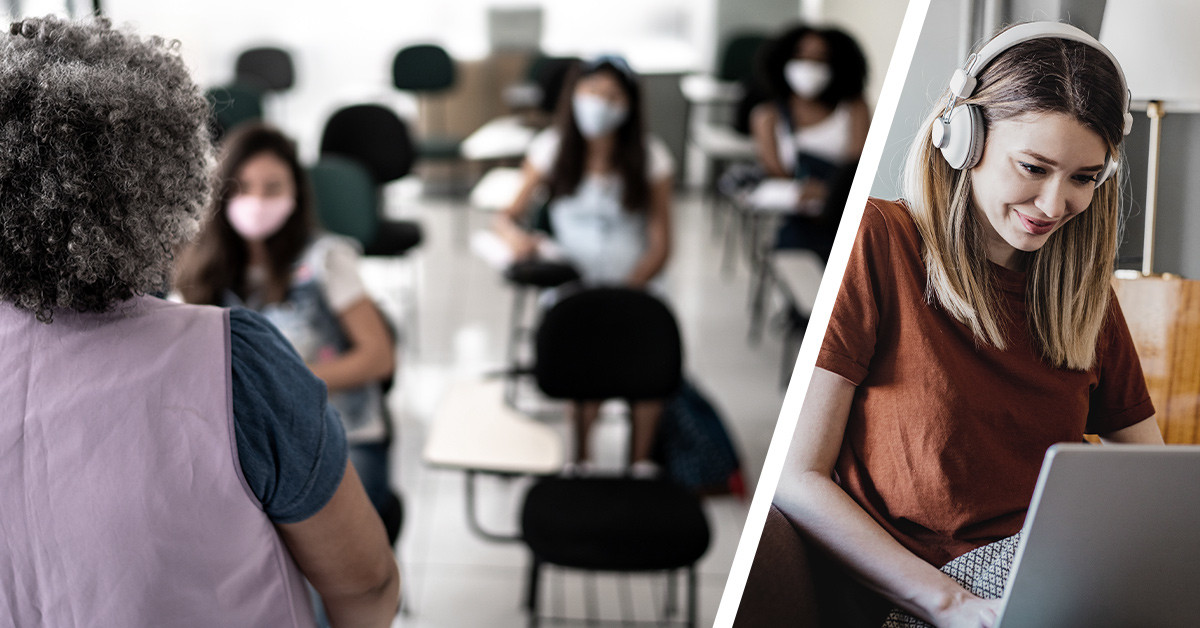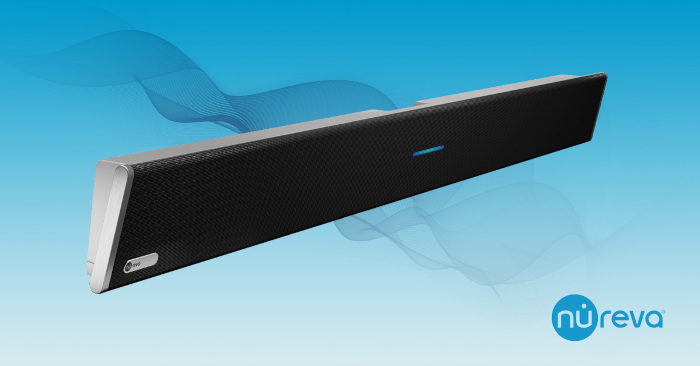Tips for Personalizing Remote Learning
When distance learning numbers climbed to 60%, district leaders knew they had to find solutions to keep students engaged.

As things progressed with the pandemic, Glenbrook High Schools District 225, a high school district of about 5,000 students on the north shore of Chicagoland, had a great number of students and families taking advantage of the remote option for both work and school. When distance learning numbers climbed to 60%, district leaders knew they had to find solutions to keep students engaged.
“In many ways, Glenbrook is offering a flexible build-you-own learning plan model for our students,” says Dr. R.J. Gravel, Associate Superintendent of Glenbrook. “Approximately 40% of our students are attending in-person learning each day, while others are connecting at home. We have leveraged a variety of best practices and engagement tools to keep students on task and interacting during their class time.”
This new approach of flexibility included the use of formative assessment tools (often are masked as games and small challenges) and more project-based activities.
“We provided considerable professional development to our teachers to guide them through the new normal of teaching students in a room, while also reaching those at home simultaneously,” says Gravel. “This involves looking at how we evaluate mastery of content from traditional examinations to other ways to demonstrate one's learning.”
Finding the Right Tech
Prior to resuming in-person instruction for the current school year, the school district purchased an Owl Pro from Owl Labs for each classroom. This integrated video tool enables the implementation of true hybrid instruction with some students at home and others in the classroom. The missing link was an equally effective audio system.
The district piloted the Nureva HDL300, which took audio to a new level. The unit, which is mounted in the center of the room on the wall, enables the teacher to roam through the classroom facing multiple directions, and the microphones picks up the audio from the teacher and in-class student voices perfectly.
“Having the ability for teachers to weave in and out of student groups throughout a 750-square-foot room, without worrying about looking a certain way to be picked up by a microphone was wonderful,” says Gravel.

Flexible Learning, Flexible PD
“From the beginning, we made a commitment that operational reasons will not prevent our students from resuming in-person learning,” says Gravel. “This commitment meant that we needed to provide our teachers with the tools they need to be successful.”
The district worked with a team of instructional coaches and members of their teacher's leadership team to identify what was working, and what could make things better. For example, they knew that creating a socially distanced classroom wasn’t going to be easy, but creating an "in-classroom" experience for students at home was much harder.
Tech Solutions
“With nearly half of our students chiming in from a distance, we needed to make sure they were engaged and felt heard,” says Gravel. “The Nureva HDL300 offered the solution to an otherwise unnatural communication experience for both teacher and students, whether in or out of the classroom.”
The district also realized that every teacher needed to have a document camera that was integrated with their distancing learning tool, as well as Zoom, so that students could easily decipher what the teacher was writing for all to see. They also realized that a 13-inch screen on a laptop is great when you are able to focus your attention on it, but while standing, teaching, etc., the teachers needed a secondary monitor so that they could always see their remote students without constantly minimizing windows.
By adding the second monitor, teachers extended their desktop, placing Zoom as the sole application appearing on the larger, second screen. It enables them to more easily roam around the classroom while always maintaining a helpful eye on their students learning from a distance.
Unexpected Perks
One of the most unexpected results happened this past summer when the district offered an extensive array of summer school courses.
“Typically, students are required to be present for six hours per day over three weeks for the equivalent of a one-semester course,” says Gravel. “With the pandemic, we moved summer school to 100% remote learning. What we found was that students maximized the opportunity to learn and also get out of town. We had students connecting, consistently, from other regions, states, and even countries. We were literally meeting them where they were. It felt like I was back in 2010 arguing for ‘anytime and anywhere learning.’ It took 10 years, but that is a silver lining for what we accomplished.”
Pro Tips
Gravel recommends the following to make the most of synchronous remote/in-person teaching:
- It is great for a student to hear their peers and teacher, but the real power of today's technology is for them to also see and engage with everyone in the classroom. Even an inexpensive webcam can provide a window into the classroom. Be sure to move it around as needed so that those remote can truly feel that they are "in the action."
- Don't forget about the small opportunities to reach out and connect with a student. For those students learning remotely, take an opportunity to have a side conversation to check in and see how they are doing. Just like you would greet students coming into the classroom each day, come up with creative ways to facilitate a similar welcoming atmosphere for your remote students.
“Do not act like you know it all -- to your peers, or to your students,” says Gravel. “We are all in this pandemic together, and we all have things to learn from one another. Show vulnerability and be open to new ideas, it will create a much more authentic environment for your students.”
Tools and ideas to transform education. Sign up below.
Sascha has nearly two decades of experience as a freelance journalist writing for national magazines, including The Washington Post, LA Times, Christian Science Monitor, National Geographic Traveler, and others. She writes about education, travel and culinary topics.

